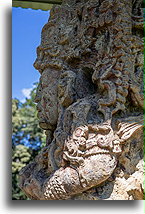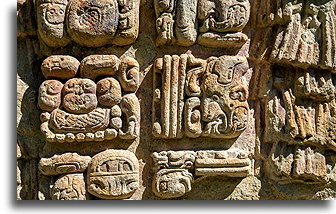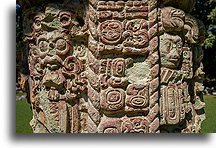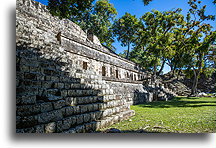
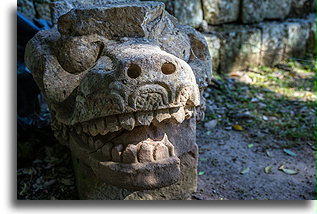
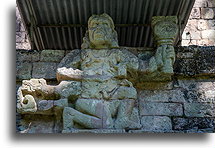
Maya Classic period kingdom flourished from the 5th century AD. Its influence extended far beyond the valley where the city stood. Copán (today in Honduras) ruled over many other city-states in the southern Maya area until AD 738. At that time, it suffered a catastrophic defeat. One of the greatest kings in Copan's history was captured and executed by his former vassal king of Quiriguá.
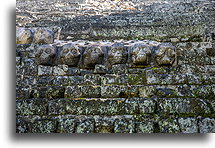
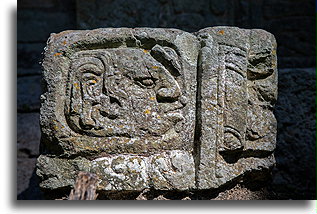
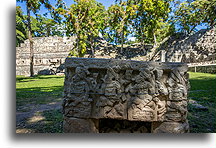
The founding of the city and the ruling dynasties were related to Tikal, the largest and most influential of all Maya city-states. For centuries, the kingdom of Copan was allied with Tikal, but was influenced by the distant Teotihuacan. At its peak in the late Classic period, Copán had a population of at least 20,000. After the defeat at the hands of Quiriguá, Copan slowly declined until it was completely abandoned after AD 900.
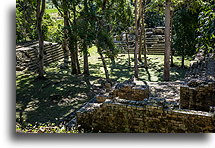
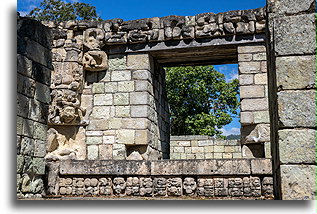
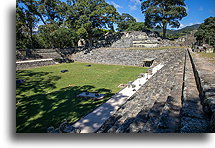
The Copán stelae match those of Quiriguá. They have extensive inscriptions and carvings. Each stele has its own altar, which is associated with the ceremonies of bloodletting or human sacrifice. The stelae were erected to glorify the rulers and their achievements. These are monuments commemorating important historical events. Our knowledge of Maya history is based largely on the inscriptions on the stelae.
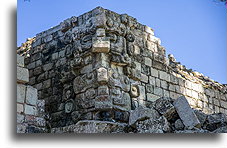
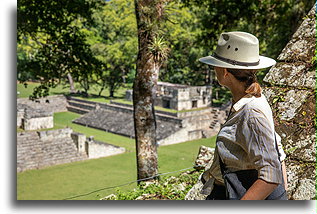
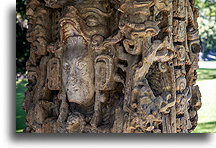
The Hieroglyphic Stairway has 62 steps with a large sculpted figure located every 12th step. These figures represent important rulers. The staircase contains 2,200 glyphs that form the longest known Maya hieroglyphic text. This is a record of the history of the kings of Copán, listing the kings' names, dates of birth and death. The most important events of their rule are also recorded there.
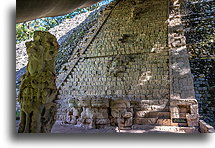
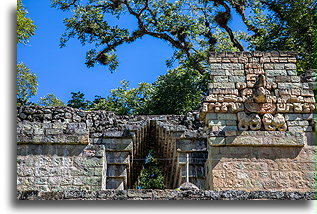
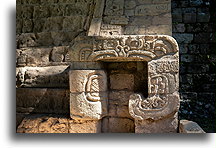
In Maya archeology, the term acropolis is used to describe a central complex of overlapping structures. It is always the central part of the Maya city where the main pyramids and other important religious structures are located. The Acropolis of Copán that we know today is not complete. After the abandonment of the city around AD 900 the Copán River gradually changed its course, washing away much of the acropolis and its structures. Erosion created a cliff 300 meters / 985 ft high. In the 1930s, the Carnegie Institution of Washington redirected the river to save the archaeological site from further destruction.
